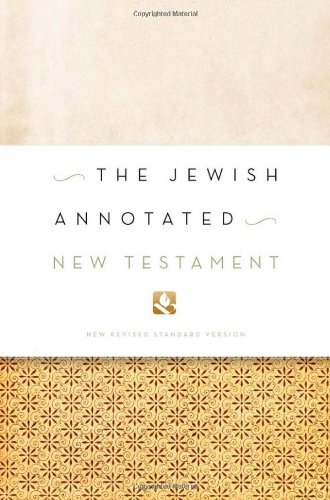It’s Monday! Time to return to our series on learning to love the Bible for what it is, not what we want it to be.
A couple of weeks ago, we wrapped up our discussion of N.T. Wright’s Scripture and the Authority of God. (I decided to skip his case studies, which are interesting, but difficult to discuss with folks who may not have read the book.) Beginning next week, we will be working our way through Inspiration and Incarnationby Peter Enns.
In the meantime, this new product from Zondervan gave me a chuckle:
...Because nothing illustrates the conquest of Canaan like a baby Dalmatian curled up in a fireman’s hat.
At least it’s not quite as offensive as The American Patriot’s Bible.
The Playful Puppies Bible recalled to my mind the various Bibles I’ve had through the years.
As a kid, I devoured my New King James Precious Moments Bible and loved every illustration...except the one of Jacob and Rachel standing under a palm tree with hearts over their heads, because there was a boy in my Sunday school class named Jacob, and the thought of standing next to him under a palm tree with hearts over our heads made me blush. The illustrations also came in handy when I was wielding my mad sword drill skills: I knew Matthew by the Beatitudes illustrations, John by the picture of the pretty lady at the well. (See Tom LaMothe’s ironic take on Precious Moments and the Bible.)
In high school, my parents bought me an engraved Ryrie Study Bible, which I marked up with pen, pencil, and highlighters, to the point that some of the passages are illegible. The corners are frayed, the pages are wrinkled—I used that Bible for years after I gave up on Ryrie’s dispensationalism. I still refer to it now and then when I want to revisit a beloved passage, recognizable by the pink and orange boxes I drew around it.
Lately I’ve been enjoying two Bibles:
The Common English Bible with Apocrypha – This is a new translation for me, which always makes familiar passages more interesting. And believe it or not, I’ve never read though the apocryphal books, so I’m doing that this summer.
The Jewish Annotated New Testament—Oh I am loving this one! Packed with fascinating essays and notes, it provides Jewish perspectives on the New Testament that have really enlightened my reading of the text. (I received my copy from the publisher.) The editors are Amy-Jill Levine and Marc Z. Brettler, and the translation is New Revised Standard Version. Highly recommended.
Only recently have I come to realized just how politicized and controversial Bible translations can be. Certain denominations and theological camps will often claim one translation as their own, discouraging followers from reading any other. The translation of a single word can make a major theological statement, and as we’ve seen with Junia, some scholars will go to great lengths to work around a word or a phrase—or in this case, a woman— that doesn’t fit with certain theological presuppositions. (“She can’t be an apostle, so her name must really be Junias.” “She’s clearly a woman, so ‘outstanding among the apostles’ must really mean ‘well known among the apostles.” “’Well known among the apostles' isn’t a strong translation, so let’s just assume that apostle here means ‘messenger.’”) This raises some serious questions regarding the notions of inerrancy and objectivity. Like it or not, we bring ourselves and our biases to every translation and every reading of the text. We can't help it.
So, what sort of Bibles did you grow up with?
Which version do you prefer?
What sort of specialty Bibles have captured your attention lately, and what do you think of the specialty Bible market?
© 2012 All rights reserved.
Copying and republishing this article on other Web sites without written permission is prohibited.



